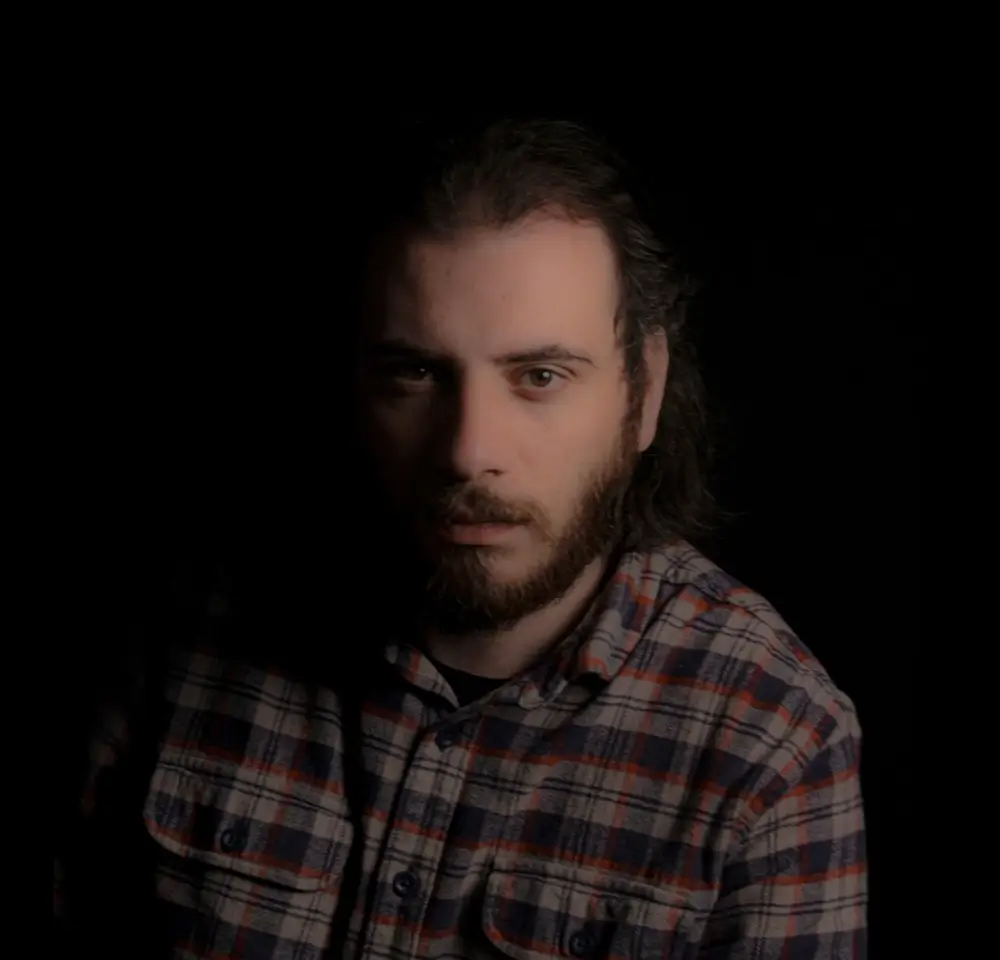Da Miane (Nika Pailodze) is a Georgian street photographer based in Tbilisi. Born in 1995, he has been captivated by visual storytelling from an early age. Even when 0.3-megapixel phone cameras were standard, he began experimenting with photography, initially capturing nature before turning his lens toward the human and urban landscape around him.
With an academic background in literary studies, Da Miane brings a nuanced narrative approach to his photography. This foundation has sharpened his eye for storytelling, composition, and emotional depth. He sees the world as a stage, where fleeting moments become lasting impressions through his camera.
Since 2014, Da Miane has documented the streets of Tbilisi almost daily. His work focuses on spontaneous human interactions, environmental contrasts, and the often-overlooked poetry of everyday life. Favoring observation over orchestration, he rarely works on commercial assignments or structured projects. Instead, his approach is intuitive, shaped by constant movement and awareness of his surroundings.
While not centered around formal series, his body of work includes standout projects such as Highland Adjara, in which his street photography sensibilities guided him to document remote communities with empathy and instinct rather than direction. His ability to connect with strangers and earn their trust has become a hallmark of his visual language.
The people in Da Miane’s photographs are anonymous yet deeply familiar—sellers, buyers, passersby—captured repeatedly over the years as they shift through the same streets. He doesn’t seek to know their names or stories; what matters is the impression they leave in a split second, preserved forever through his lens.
He works primarily in color but is equally drawn to black and white when it serves the emotional weight of an image. For Da Miane, color is not just aesthetic—it is a carrier of information, mood, and narrative clarity.
Da Miane has participated in numerous photography competitions, receiving recognition both locally and internationally. His work is driven not by the pursuit of uniqueness, but by a personal connection to the scenes he witnesses. Influenced by cinema, literature, and music, he views photography not as documentation but as a way to express the subtle drama of the everyday.
Awarded Photographer of the Week - Week 23
